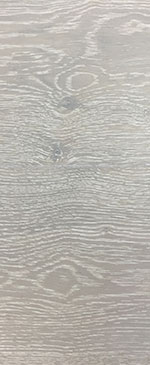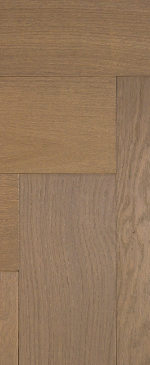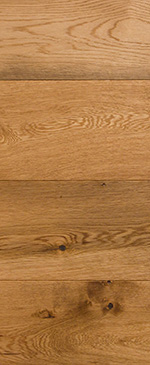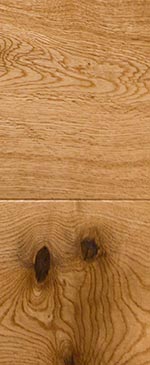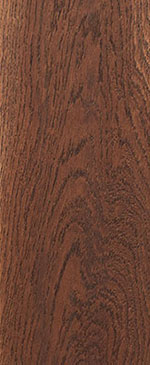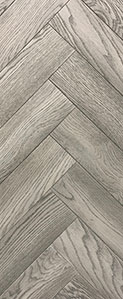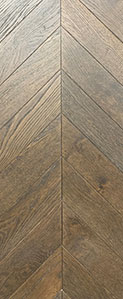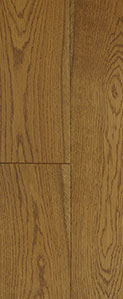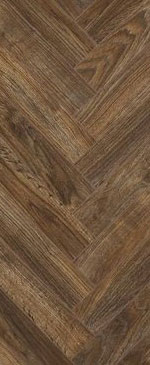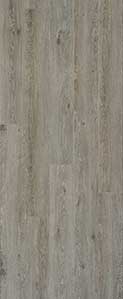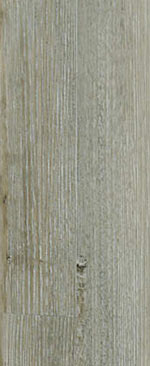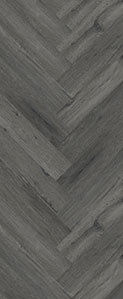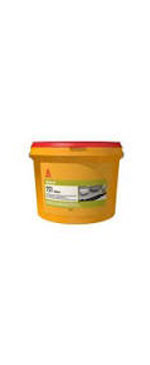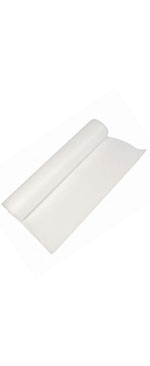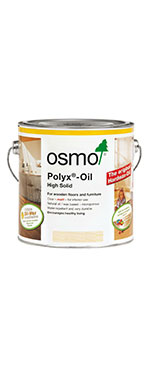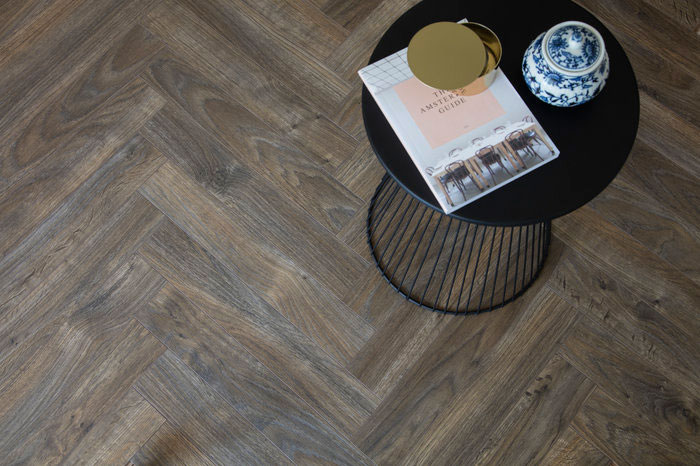Two of the more unusual wooden flooring styles that don’t use the usual rectangular planks are herringbone and chevron. Here Xylo Flooring, who supply quality oak flooring to developers, interior designers and the retail trade, look at the subtle but important differences between the two, what the overall effects of both are, and how we offer a choice of both styles.
What’s The Difference?
Both chevrons and herringbone have zig zag patterns, but the chevron is more symmetrical, with the ends of every plank matching each other. This results in a continuous zig zag pattern.
With the herringbone, the planks don’t touch end to end. Herringbone planks are set at 90 degree angles to each other, while chevrons are at 45 degrees. The best way of describing this is to look at the two styles in our oak flooring range.
The chevron style from The Natural Oak finish in our Soho Chevron oak flooring range (below left). And the herringbone style from our St James Herringbone option of oak flooring (below right).
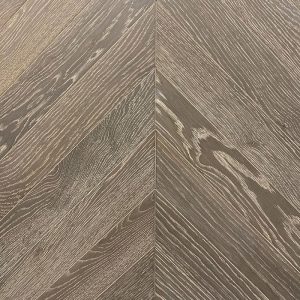
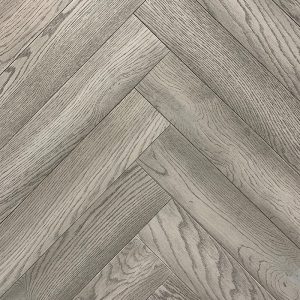
The History of the Herringbone
Herringbone is believed to date back to Roman times, when it was built on top of a base of crushed stone, which absorbed the compression of traffic and human footfall, making it extremely stable and durable. Ironically, it’s now chevrons that are more widely used on the UK’s roads, usually to bring attention to bends in the road ahead.
The herringbone name derives from the shape of a herring’s bones which you can see when you fillet it. However, it wasn’t widely used on floors until the 16th century. The first examples thought to have been in France, where they were called ‘batons rompus’, or ‘broken sticks’.
It is thought designers started to use the layered zig zag pattern to match some of the existing features of buildings, such as the brickwork. In Britain, the pattern did not begin to flourish until the 20th century.
The History of the Chevron
The chevron also goes back a long way; it appeared on pottery as far back as the Neolithic era. It was also used in Ancient Greek pottery and textiles, as well as Medieval heraldry. The word ‘chevron’ first appeared in English in the 14th century from the Latin word ‘caprio’, meaning ‘rafters’, referring to the pattern’s resemblance to two roof beams.
The Different Effects
Herringbone is best used in homes where the owner is after a more traditional and timeless look. It is particularly effective and appropriate in older properties, or those which have a lot of antique furniture.
However, the chevron style is popular in more modern homes, as geometric shapes create an additional point of interest in a room which may otherwise look a bit bland (although the herringbone pattern is also becoming more popular in more modern homes too for the same reason).
With the chevron, homeowners are more likely to be able to buy accessories such as cushions and lampshades to complement the flooring. And chevrons create the impression that a room is bigger, wider or longer than it really is, making it popular among owners of smaller houses or rooms where it visually changes the proportions of a space.
Chevron and Herringbone Patterns from Xylo Flooring
If you choose Xylo Flooring, you aren’t restricted to the colours above if you want to go for a chevron or a herringbone style. Our Soho Chevron also has Dark Mocha, Pearl White and White Washed Coffee Stained options.
Our St James Herringbone range also offers White Washed Coffee Stained, Mushroom Grey or Natural Oak and there are a selection of grey tones available in our Belgravia range.
Quality Flooring from Xylo
If you would like to know more about any of our ranges you can find your nearest Xylo stockist by emailing sales@xyloflooring.com or calling us directly on 020 8368 8122.
Don’t forget that we also supply engineered wooden flooring, and vinyl and laminate ranges, as well as our quality oak flooring.

